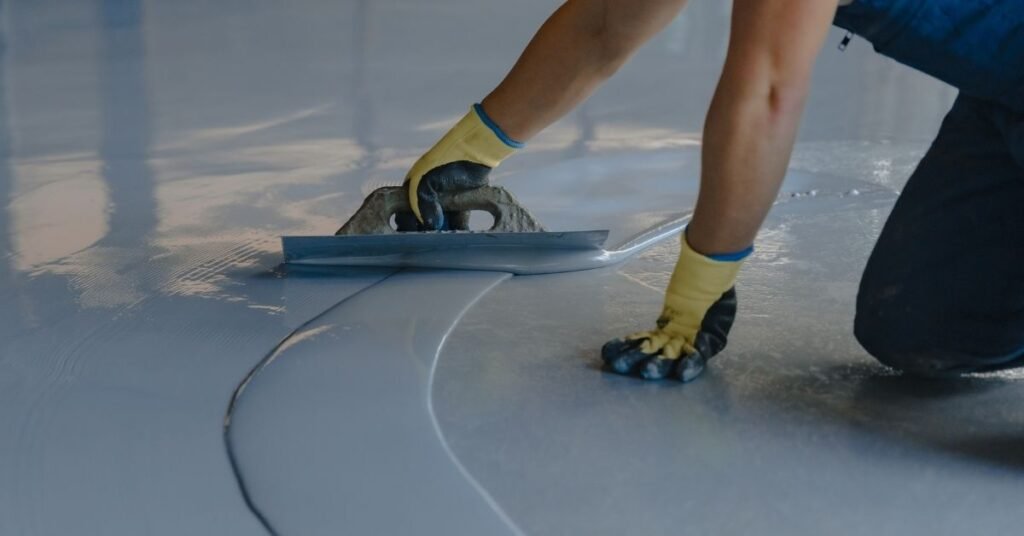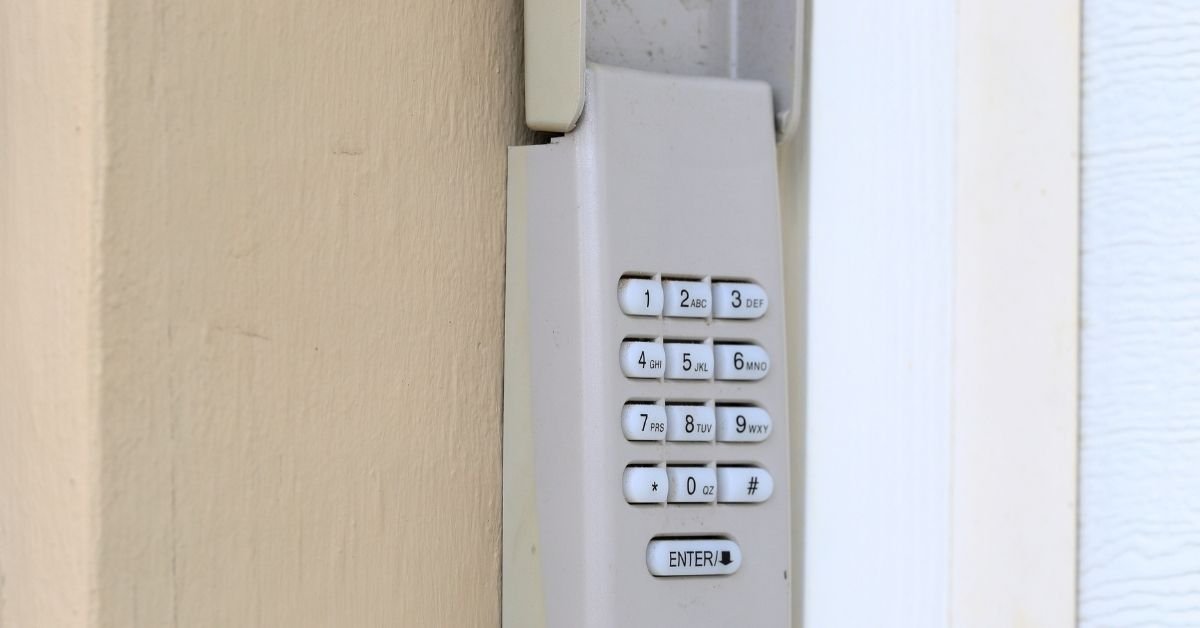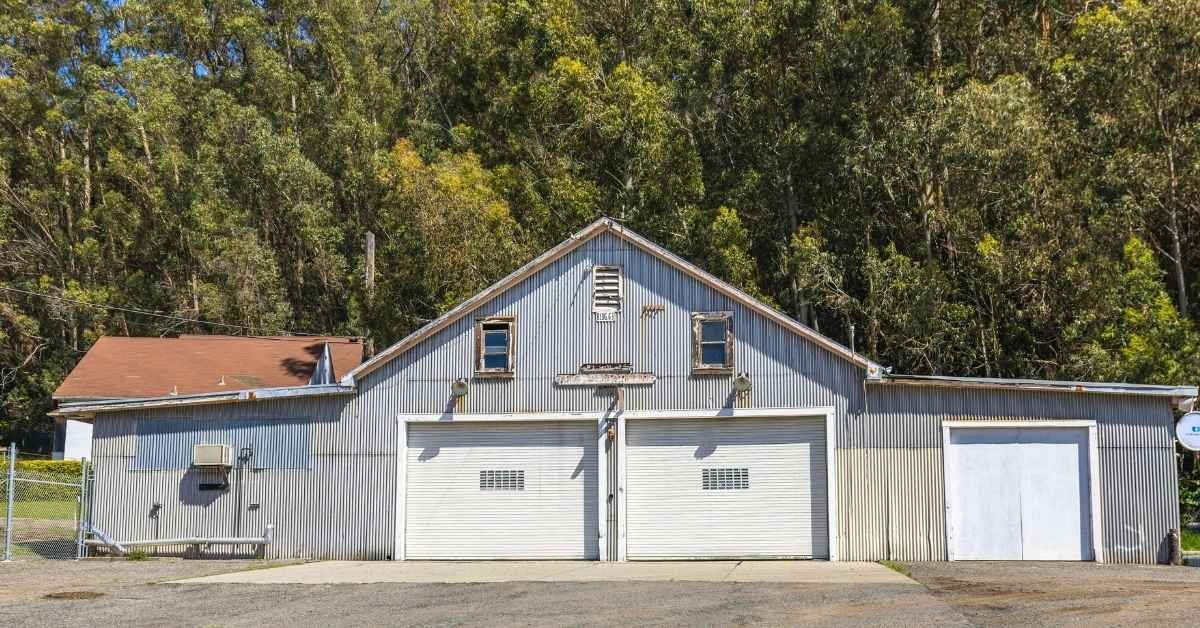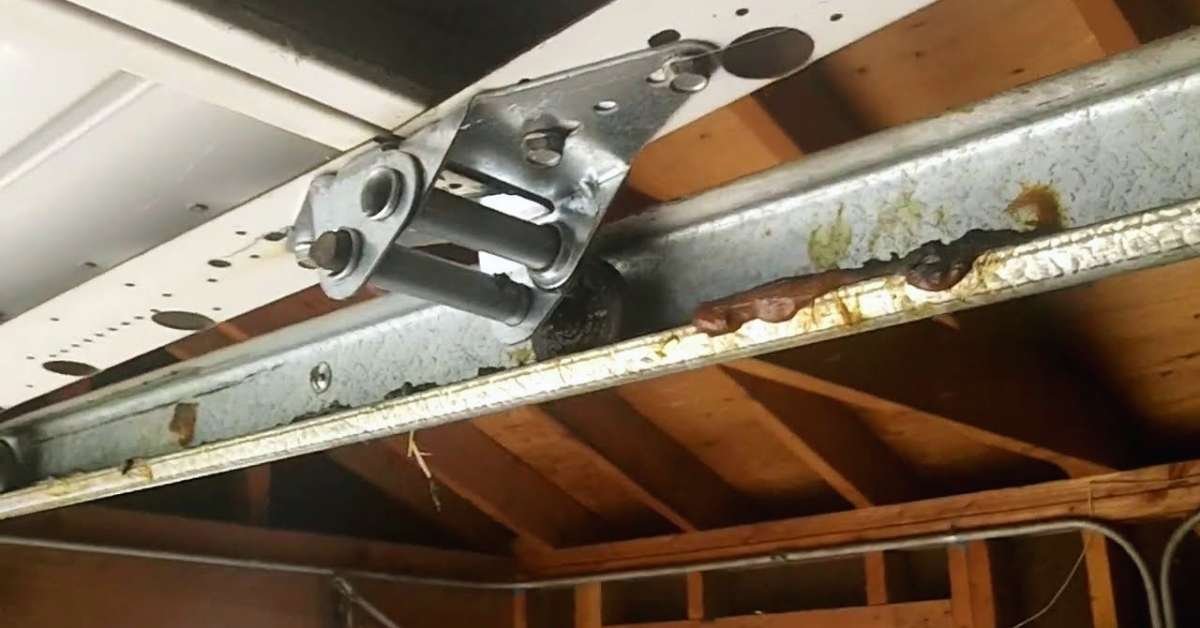Why Does My Garage Floor Sweat? A Comprehensive Guide
If you’ve ever noticed moisture or water droplets on your garage floor, you may wonder, “Why does my garage floor sweat?” This mess up, known as garage floor sweating or concrete sweating, can be puzzling and, at times, concerning. In this comprehensive guide, we’ll explore the reasons behind garage floor sweating, its potential consequences, and practical solutions to address and prevent this issue, ensuring a dry and comfortable garage environment. Garage floor sweating is a common occurrence that can affect both attached and detached garages.
Understanding the causes and effects of this phenomenon is essential for maintaining a functional and dry garage space. In this guide, we’ll dive into the factors responsible for garage floor sweating, explore its impact on your garage and belongings, and offer effective solutions to manage this issue.
Table of Contents
What Is Garage Floor Sweating?
Revealing the Mystery
Garage floor sweating, often called concrete sweating, occurs when moisture or water droplets form on the surface of a concrete garage floor. It’s important to distinguish this phenomenon from leaks or major water ingress, as different factors typically cause sweating.
Common Occurrence
Garage floor sweating is a common occurrence, particularly in regions with fluctuating weather conditions. It often becomes noticeable during temperature and humidity changes.

Causes of Garage Floor Sweating
Condensation
The primary cause of garage floor sweating is condensation. When warm, humid air comes into contact with the cool surface of the concrete floor, it can result in moisture accumulation. Temperature differentials play a significant role.
Lack of Vapor Barrier
The absence of an effective vapor barrier beneath the concrete floor can exacerbate sweating issues. Moisture from the ground can rise through the concrete, leading to condensation.
Poor Insulation
Inadequate insulation in the garage can increase the likelihood of temperature differentials between indoor and outdoor air, contributing to garage floor sweating.
Impact of Garage Floor Sweating
Potential Consequences
Consequences of garage floor sweating which can include:
Surface Deterioration: Prolonged exposure to moisture can damage the concrete floor’s surface, potentially leading to cracks and degradation.
Corrosion and Rust: Metal tools, equipment, and vehicles in the garage can be susceptible to corrosion and rust due to high humidity levels.
Mold and Mildew Growth: Excessive moisture can create an ideal environment for mold and mildew growth, which can harm health and belongings.
Slip Hazards: Wet garage floors can pose slip hazards, increasing the risk of accidents.
Impact on Stored Items stored in the garage, such as electronics, furniture, and documents, can be adversely affected by garage floor sweating.
Solutions and Prevention
Proper Ventilation
Effective ventilation is a key solution to garage floor sweating. Improved air circulation in the garage, preventing moisture buildup.
Vapor Barrier Installation
Installing a vapor barrier beneath the concrete floor, which acts as a moisture barrier, preventing moisture from rising into the garage.
Insulation Enhancement
Proper garage insulation helps to regulate temperature and humidity, reducing the likelihood of condensation.
Dehumidification
Dehumidifiers can control humidity levels in the garage, preventing garage floor sweating and other moisture-related issues.
Common Myths and Misconceptions
Myth 1 – Sweating is Always a Sign of a Problem
One common misconception is that garage floor sweating is a sign of underlying issues, such as leaks or foundational problems. While it’s essential to be vigilant about your garage’s structural integrity, sweating does not necessarily indicate a severe concern. In many cases, it’s simply a result of temperature differentials and humidity. Nevertheless, it’s advisable to consult with professionals to rule out any severe issues.
Myth 2 – Paint is a Universal Solution
Some may believe that painting the garage floor is a universal remedy for sweating. While applying epoxy or other sealants can help reduce moisture absorption, it’s important to note that these coatings may not be a one-size-fits-all solution. Proper surface preparation and selection of suitable products are crucial for the success of such an approach.
Additional Prevention Strategies
Foundation Drainage
A vital factor that contributes to garage floor sweating is the presence of excess moisture around the foundation. Ensuring that your property has proper foundation drainage can significantly reduce the moisture that enters your garage. This can involve the installation of a French drain, a sump pump, or the landscape around the garage to direct water away from the structure.
Air Sealing
In addition to improving ventilation, air sealing is another effective measure to prevent garage floor sweating. Seal any gaps, cracks, or openings in the garage that may allow warm, humid air to enter. This can include sealing gaps around doors, windows, and other potential entry points for moisture-laden air.
Humidity Monitoring
Installing a humidity monitoring system in your garage can provide valuable insights into the indoor climate. By tracking humidity levels, you can take proactive measures to reduce them when they rise to levels that may lead to sweating. Modern humidity monitors are easy to install and provide real-time data via smartphone apps.
Measurement and Monitoring
Hygrometers and Moisture Detection
Using hygrometers and moisture detection devices regulates the measurement and monitors humidity levels in your garage. These tools can provide valuable data on environmental conditions, helping you identify trends and take proactive measures to prevent garage floor sweating. There are various types of hygrometers available, including digital and analog models, and their respective advantages.
Humidity Control and HVAC
Heating, Ventilation, and Air Conditioning (HVAC) Your garage’s HVAC system plays a beneficial role in controlling humidity. Adding a humidifier or dehumidifier to your HVAC setup allows for automated humidity control. Regular HVAC maintenance ensures optimal performance in managing garage humidity levels.
Seasonal Considerations
Seasonal Changes and Sweating Garage floor sweating can be affected by seasonal variations. During colder months, temperature differentials between the warm indoor air and cold outdoor air can lead to increased condensation. In contrast, warmer seasons might see reduced sweating.
Seasonal Adjustments and Preventive Measures
Preparing for Winter
Insulation Inspection: Before the cold season, inspect your garage’s insulation. Ensure there are no gaps or deteriorated insulation that can allow cold air to seep in. Replace or repair any damaged areas.
Weatherstripping Maintenance: Check and replace weatherstripping around doors and windows. These seals can wear out over time, allowing cold drafts and moisture to enter the garage.
Humidity Control: Adjust the settings on your dehumidifier to maintain an appropriate humidity level for winter. Reducing humidity can help prevent condensation and sweating when the garage is colder.
Managing Spring Humidity
Dehumidifier Adjustment: As the weather warms up, consider adjusting your dehumidifier settings to accommodate the rising outdoor humidity. Ensure it continues to maintain an optimal indoor humidity level.
Ventilation Enhancement: Open windows or use exhaust fans daily to allow fresh air circulation. Evening hours often have lower humidity levels, making it an ideal time to ventilate the garage.
Weather-Resistant Flooring: If your garage floor is prone to sweating in humid spring weather, consider installing impermeable flooring materials like epoxy coatings to minimize moisture absorption.
Summer Strategies
Regular Ventilation: Maintain consistent ventilation during the summer months to prevent excessive humidity buildup. Consider installing a ceiling fan or attic fan for better air circulation.
Shade Solutions: If your garage faces prolonged direct sunlight, provide shading solutions like blinds or window films. Direct sunlight can increase the indoor temperature and humidity.
Check Weatherstripping: Inspect weatherstripping for any damage caused by UV exposure. Replace any weatherstripping that may have deteriorated.
Fall Preparation
Cleaning and Organizing: Before the cold season arrives, take the opportunity to declutter and clean your garage. Removing excess moisture-absorbing items can help prevent sweating.
Insulation Check: Ensure your insulation remains in good condition, with no signs of sagging or deterioration. Proper insulation helps maintain temperature stability.
Sealing Gaps: Check for gaps or cracks in the garage structure that may have developed over the summer. Seal these areas to prevent cold drafts and humidity from entering.
Addressing the unique challenges each season presents, you can proactively manage garage floor sweating and maintain a dry and functional garage throughout the year.
The Role of Insulation Materials
Types of Insulation Materials
There are various insulation materials available for garages, such as fiberglass, foam board, and reflective insulation. The choice of insulation material can impact the garage’s ability to regulate temperature and humidity. Consider R-values, ease of installation, and cost-effectiveness while you plan to purchase one.

Garage Flooring Options
Impact of Flooring Choices
The choice of garage flooring material can influence garage floor sweating. Impermeable flooring materials like epoxy or polyurea coatings can act as moisture barriers. In contrast, porous materials like untreated concrete may contribute to sweating. Check the pros and cons of different flooring options and their impact on the garage environment.
FAQ Section
Q1: Can I paint my garage floor to prevent sweating?
Sealing or painting the garage floor can help reduce sweating by minimizing moisture absorption.
Q2: Is the garage floor sweating a sign of a leak or foundation problem?
Sweating and leaks or foundation problems are different issues. Contact professional evaluation in the latter cases.
Q3: Can I use fans for garage ventilation?
The use of fans improves garage ventilation and reduces humidity levels.
Q4: What can I do to protect stored items from moisture damage?
Purchase safeguarding items for the garage, including proper storage and use of moisture-resistant containers.
Final Thought
Understanding why your garage floor sweats is the first step in effectively addressing this common issue. By exploring the causes and consequences of garage floor sweating and implementing practical solutions, you can create a dry and comfortable garage space that serves both storage and functional purposes. In conclusion, managing garage floor sweating ensures the longevity of your concrete floor, the protection of stored items, and the safety of your garage environment. Whether you’re dealing with minor condensation or more significant issues, addressing and preventing garage floor sweating is a worthwhile endeavor.






